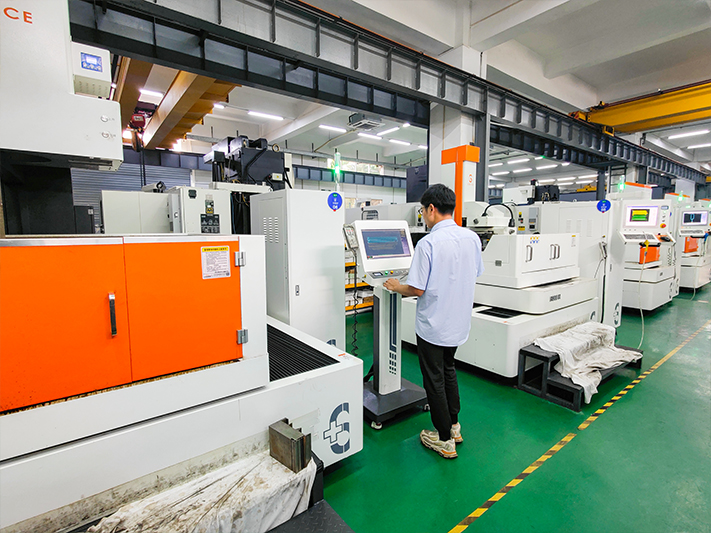What are the steps of the plastic mold design process?
The plastic mold design process step is a complex process that requires specialized knowledge and experience. Here are the steps of a common plastic mold design process:
Step 1: Determine your design goals
First of all, it is necessary to clarify the purpose and requirements of the mold design, such as the production of specific types of plastic products, to meet the production demand, and to meet the specific cost and delivery time requirements.
The second step: product analysis and structural design
This step requires a detailed analysis and structural design of the plastic products to be produced. This includes studying the shape, size, structural characteristics and material requirements of plastic products, and designing the mold structure accordingly.
Step 3: Choose the right material
According to the results of product analysis and structural design, the suitable mold material is selected. This needs to consider the processing properties of the material, wear resistance, corrosion resistance and other factors.
Step 4: Overall mold design
This step includes determining the overall structure of the mold, the design of each component, the closing height of the mold, the size and layout of the template, and so on.
Step 5: Design the pouring system
Pouring system is an important part of injection mold, and its design directly affects the quality of injection molding products. This step requires determining the shape, location and number of gates, as well as the design of the diverter.
Step 6: Design the cooling system
The cooling system has an important impact on the manufacture and use of the mold, and its design needs to take into account the heating and cooling effect of the mold, as well as the convenience of manufacturing and maintenance.
Step 7: Exhaust system design
The exhaust system can remove the air and volatiles in the mold to prevent porosity and deformation of the product. This step requires determining the location and size of the exhaust tank.
Step 8: Design the electrode
The electrode is the part used to fix the product, and its design needs to take into account the size and shape of the product, as well as the strength and wear resistance of the electrode.
Step 9: Design the ejection system
The ejector system is used to ejector the product from the mold, and its design needs to consider the shape and size of the product, as well as the position and number of ejector rods.
Step 10: Design the guidance system
The guide system is used to ensure the smoothness and accuracy of the mold opening and closing process, and its design needs to consider the structure and size of the template.
Step 11: Design the control system
The control system is used to control the temperature, pressure and other parameters of the mold, and its design needs to consider the structure and precision of the control system.
Step 12: Design for maintenance
Maintenance has an important impact on the service life and stability of the mold, and this step needs to consider the maintenance method and maintenance plan of the mold.
Step 13: Complete the details
Finally, it is necessary to deal with the various details of the mold design, such as marking the size and writing technical requirements.
The above is the general process steps of plastic mold design, and the specific design process needs to be adjusted and improved according to the specific product requirements and production conditions.
Post time: Nov-17-2023





